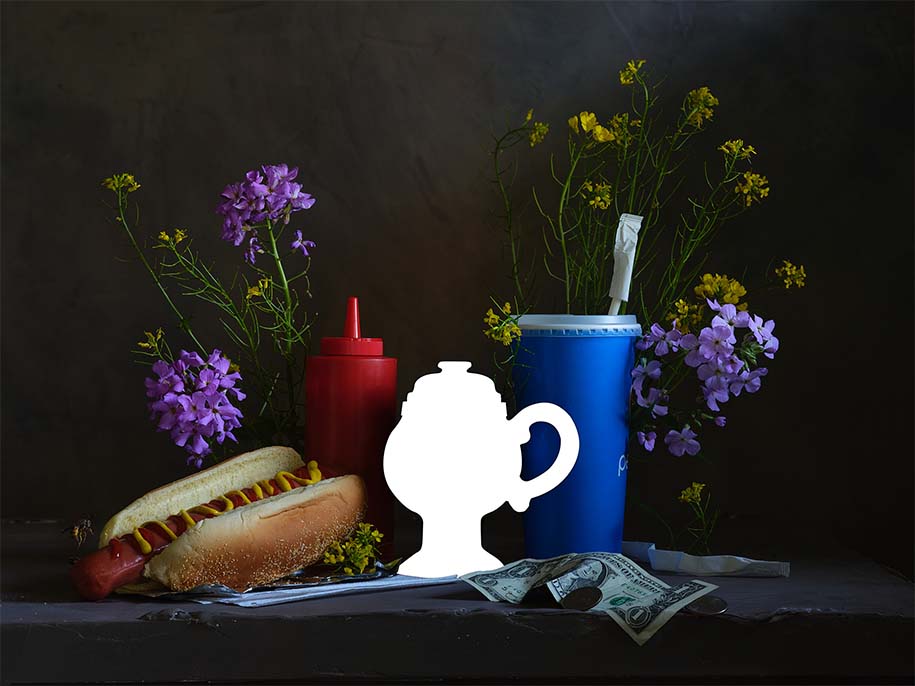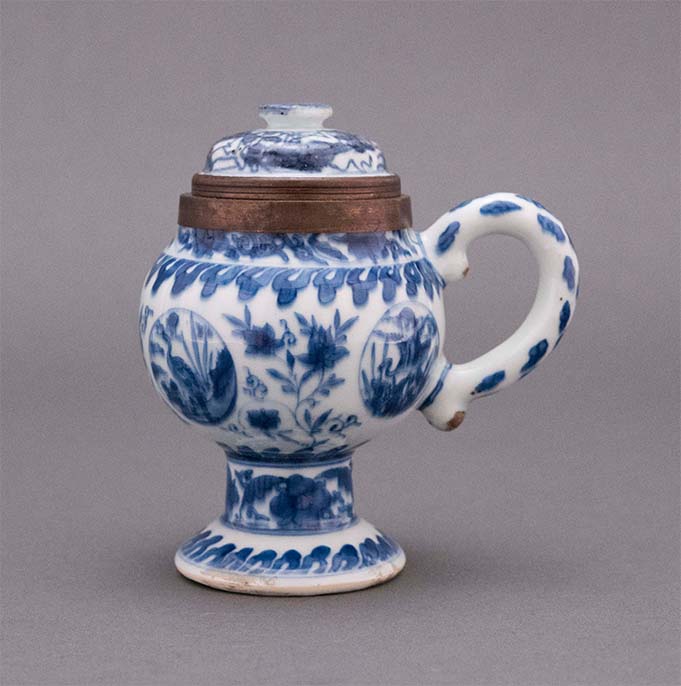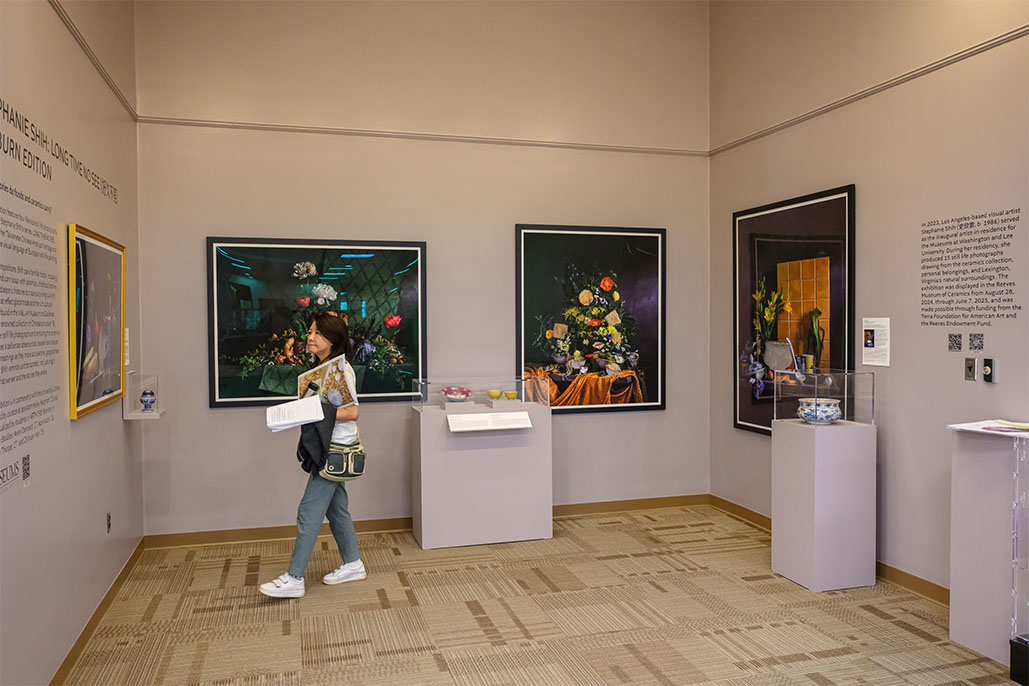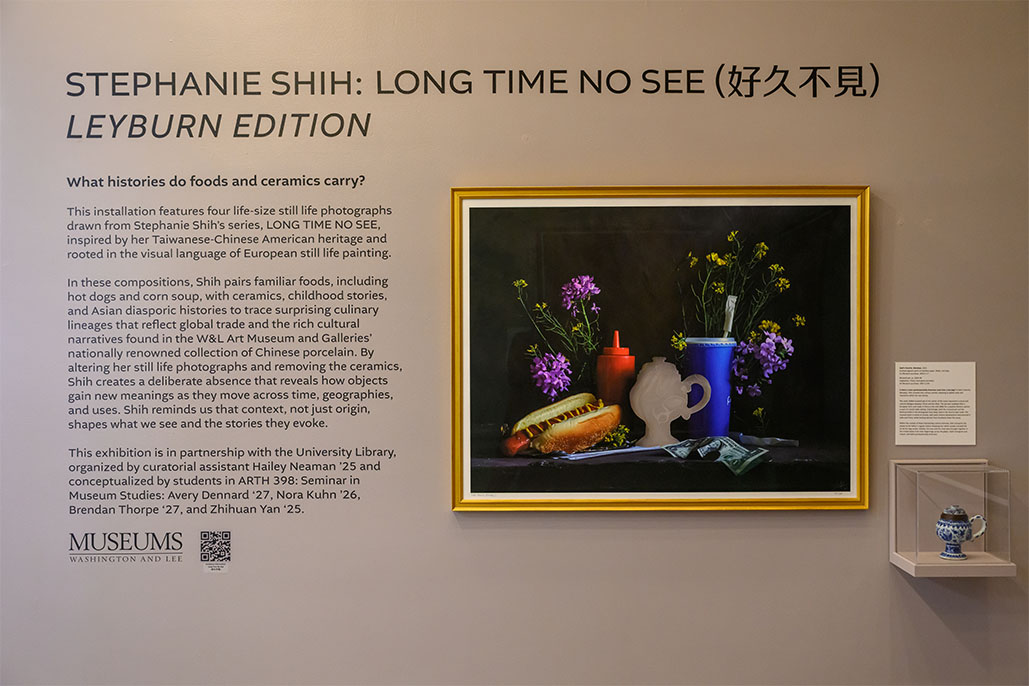The Leyburn Edition of LONG TIME NO SEE
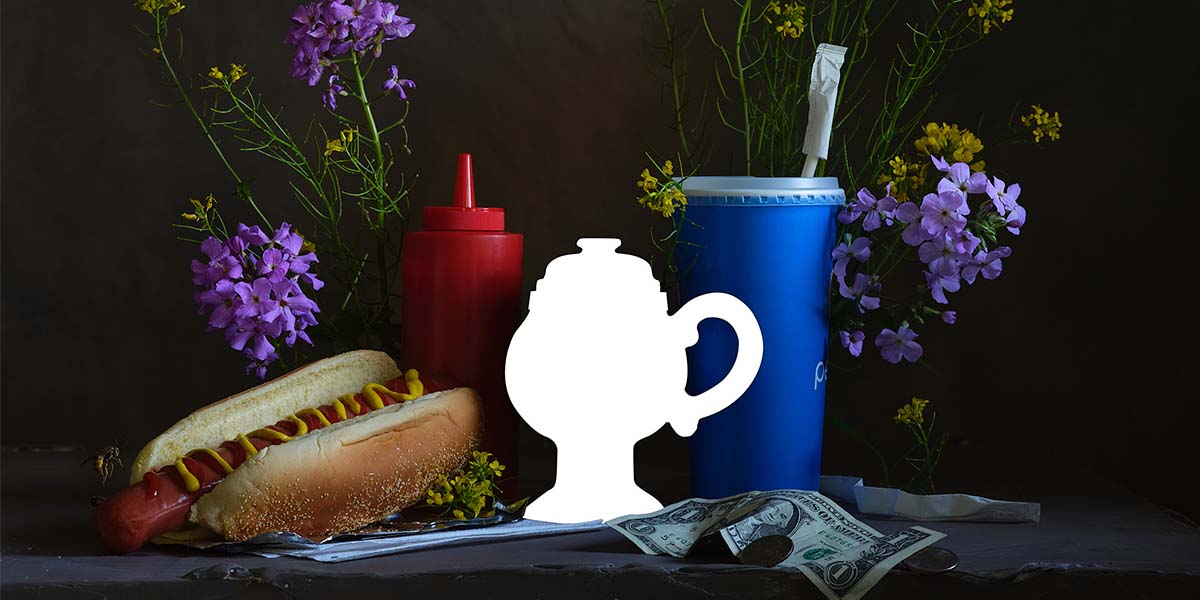
The Leyburn Edition of LONG TIME NO SEE
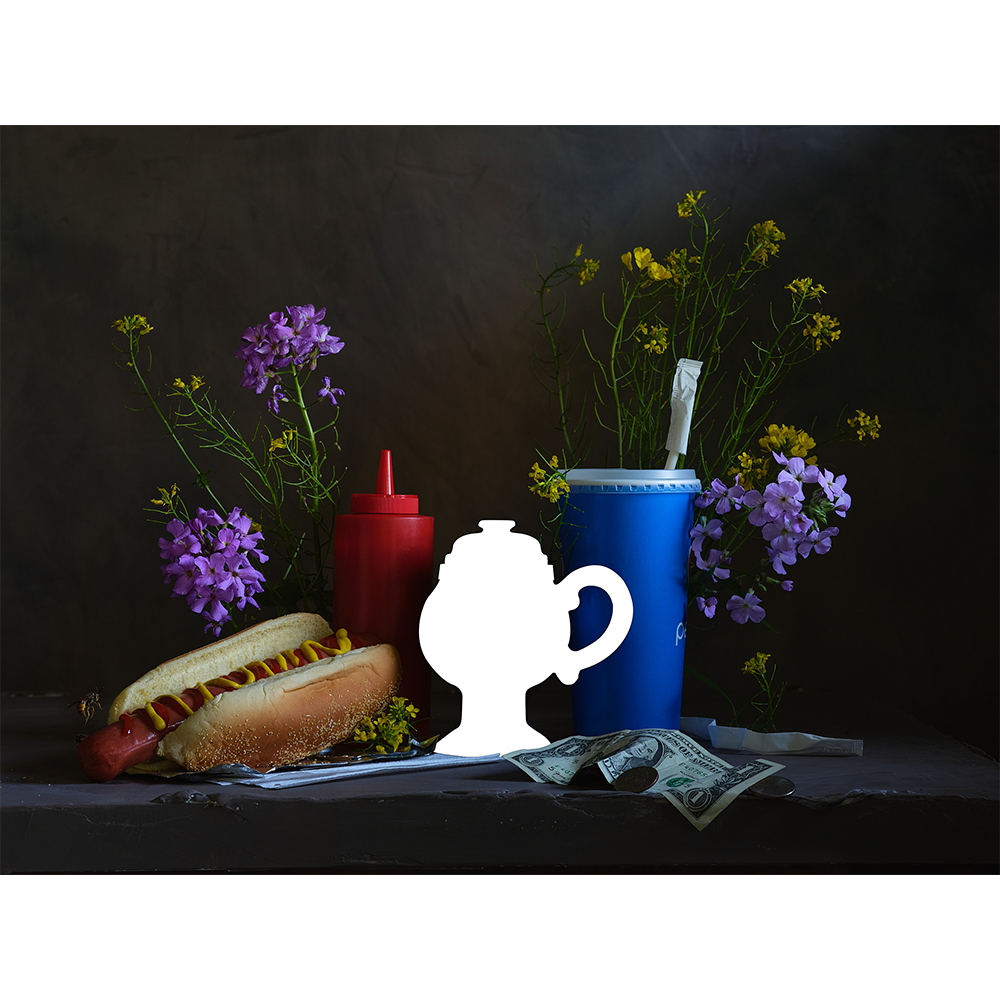
On View: August 1 - December 15, 2025
Location: Leyburn Library Gallery
Image (left): Dad’s Favorite, Mondays, 2023, Stephanie Shih (American, b. 1986), archival pigment print on bamboo paper, 30 x 40 in. W&L Art Museum purchase. Image © Stephanie Shih
What histories do foods and ceramics carry?
This installation features four life-size still life photographs drawn from Stephanie Shih’s series, LONG TIME NO SEE, inspired by her Taiwanese-Chinese American heritage and rooted in the visual language of European still life painting.
In these compositions, Shih pairs familiar foods, including hot dogs and corn soup, with ceramics, childhood stories, and Asian diasporic histories to trace surprising culinary lineages that reflect global trade and the rich cultural narratives found in the W&L Art Museum and Galleries’ nationally renowned collection of Chinese porcelain. By altering her still life photographs and removing the ceramics, Shih creates a deliberate absence that reveals how objects gain new meanings as they move across time, geographies, and uses. Shih reminds us that context, not just origin, shapes what we see and the stories they evoke.
This exhibition is conceptualized by students in ARTH 398: Seminar in Museum Studies: Avery Dennard ‘27, Nora Kuhn ’26, Brendan Thorpe ‘27, and Zhihuan Yan ’25, and curated by museum assistant Hailey Neaman ’25.
